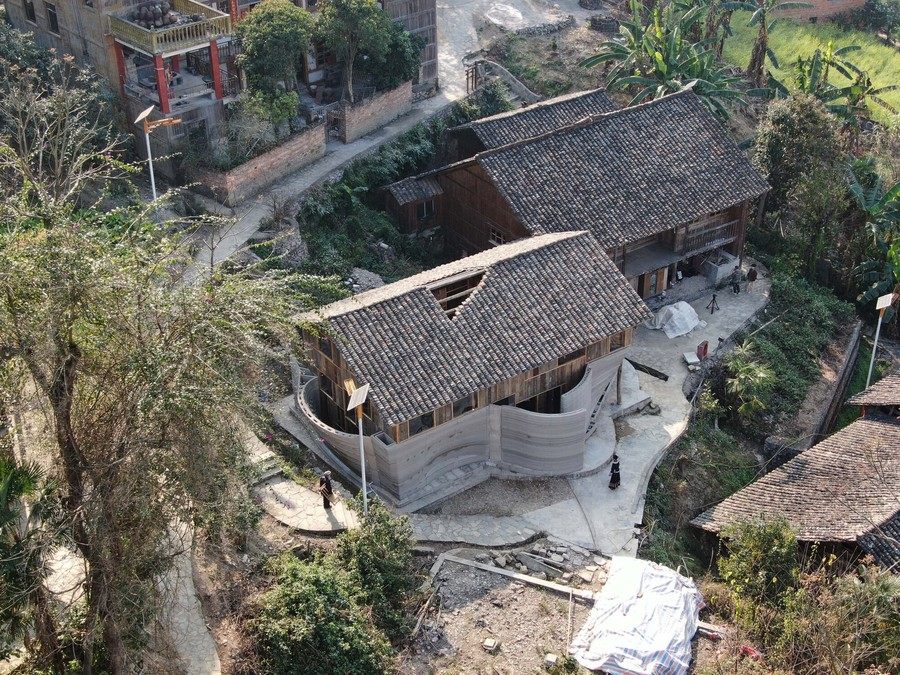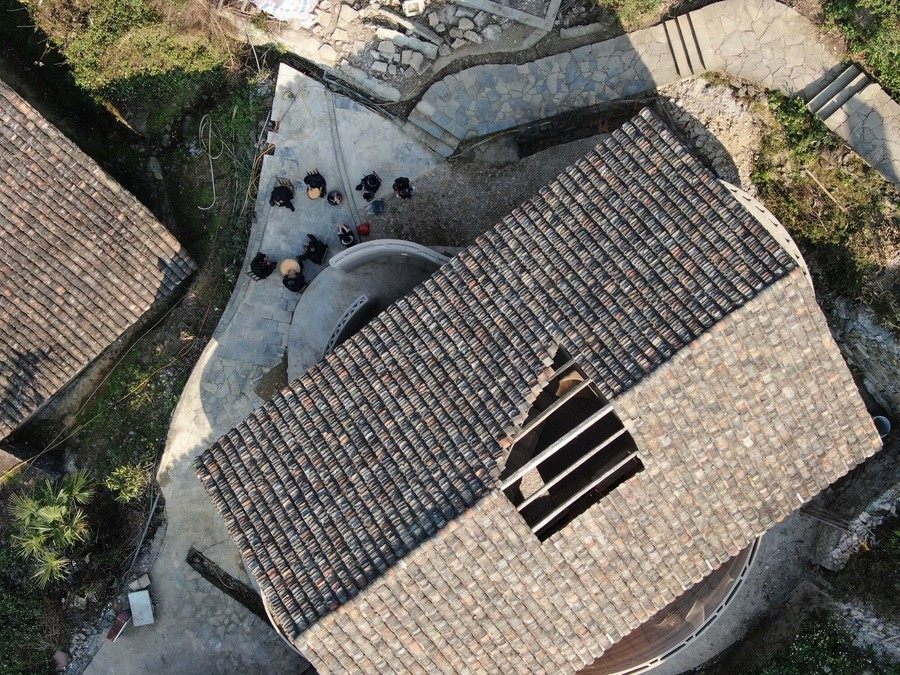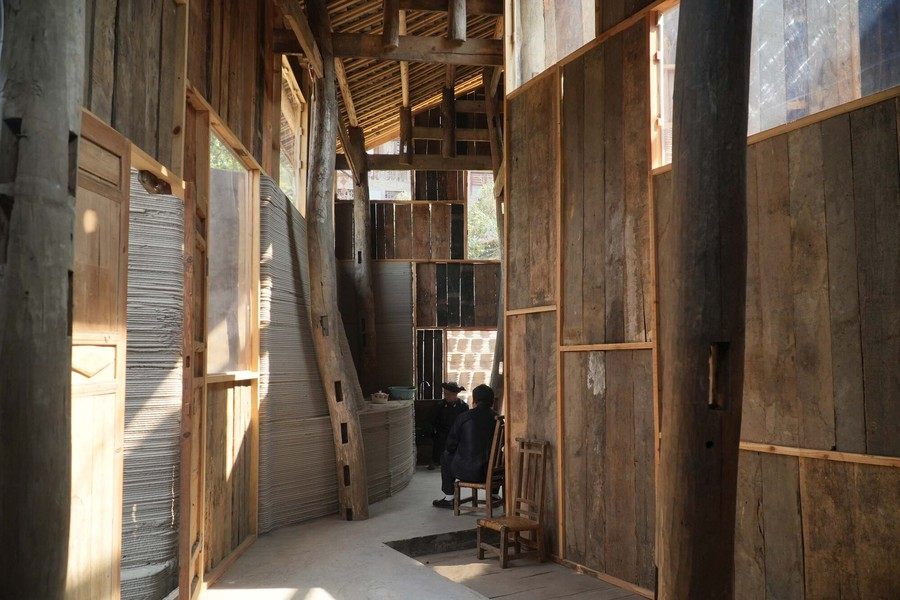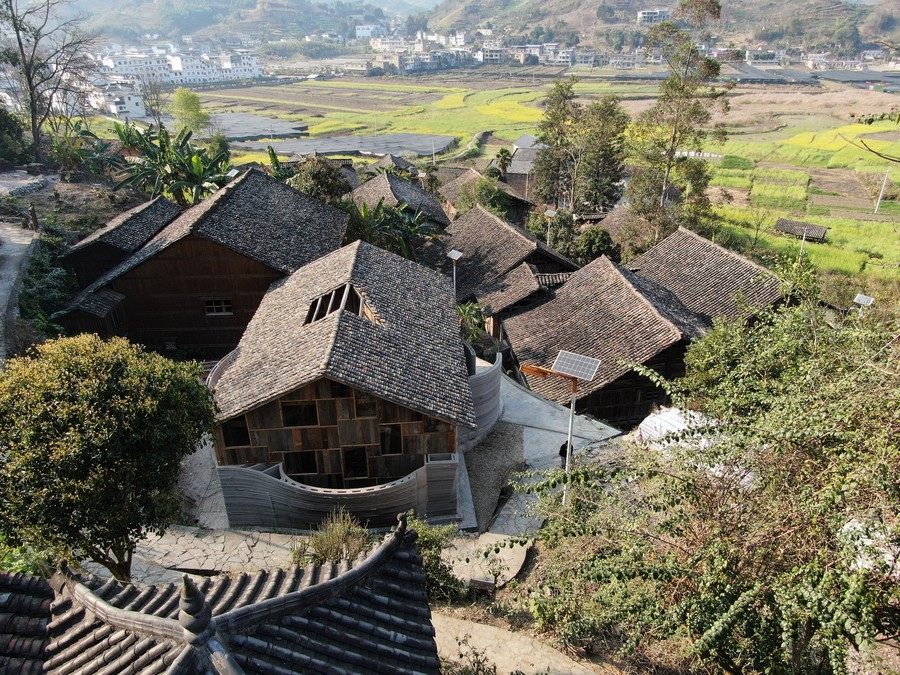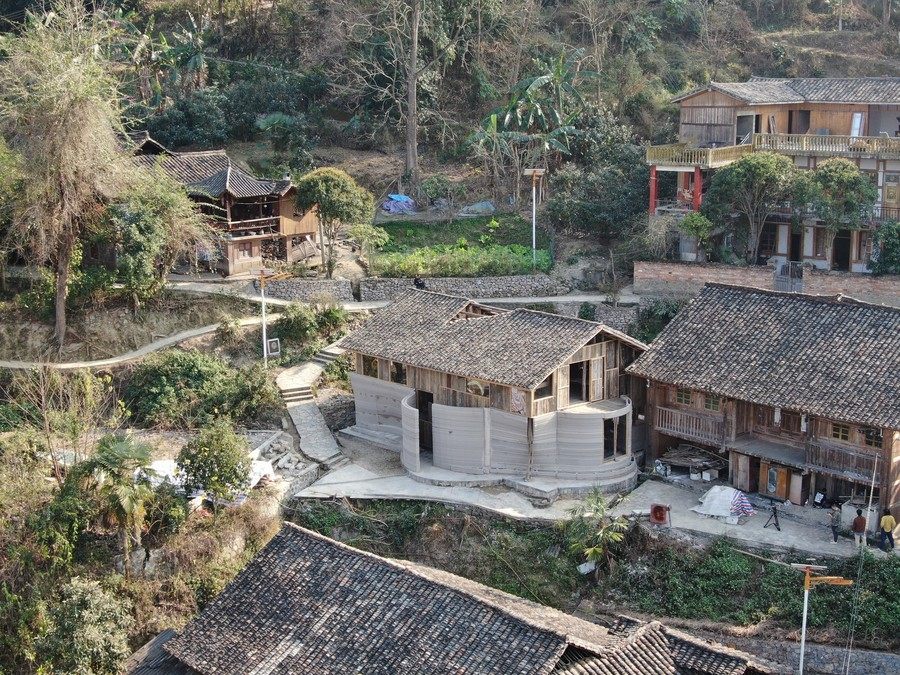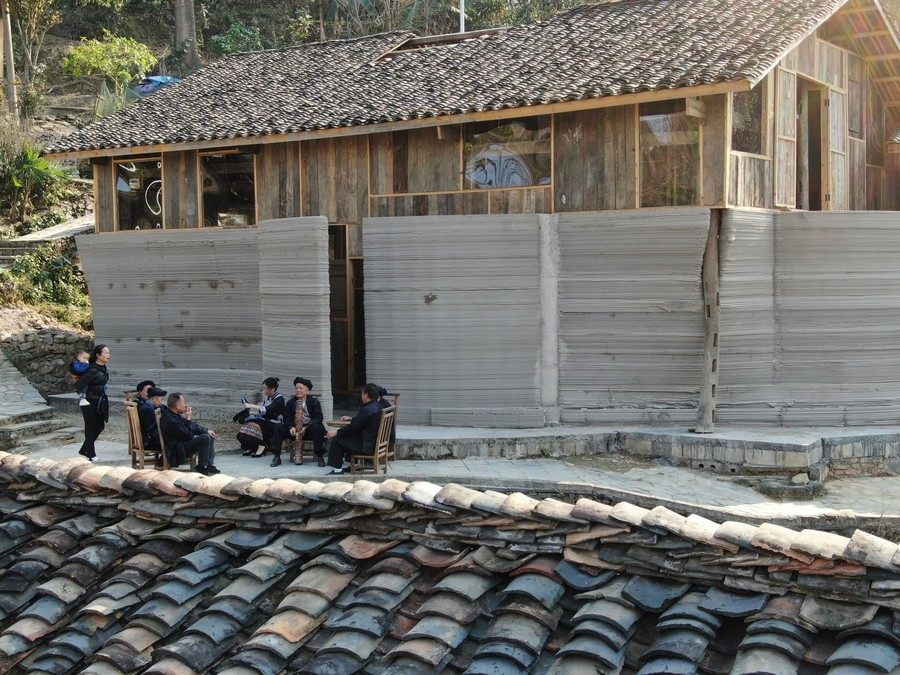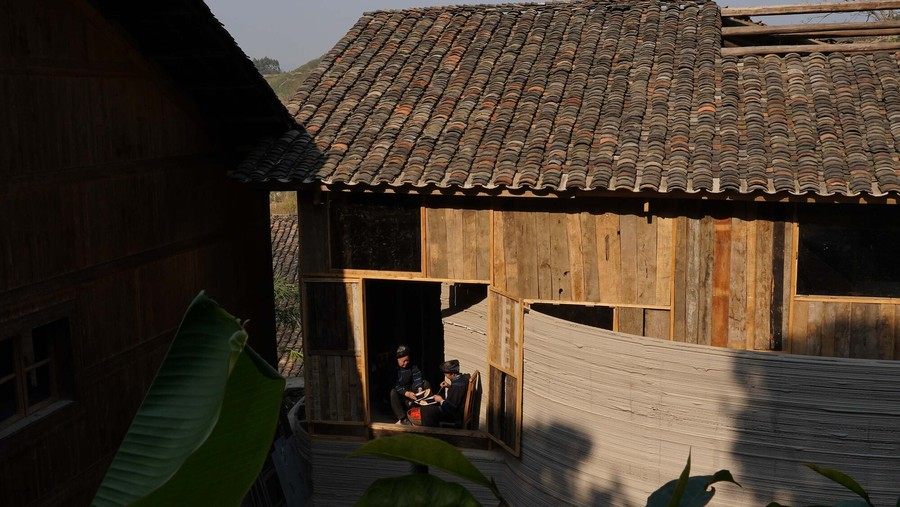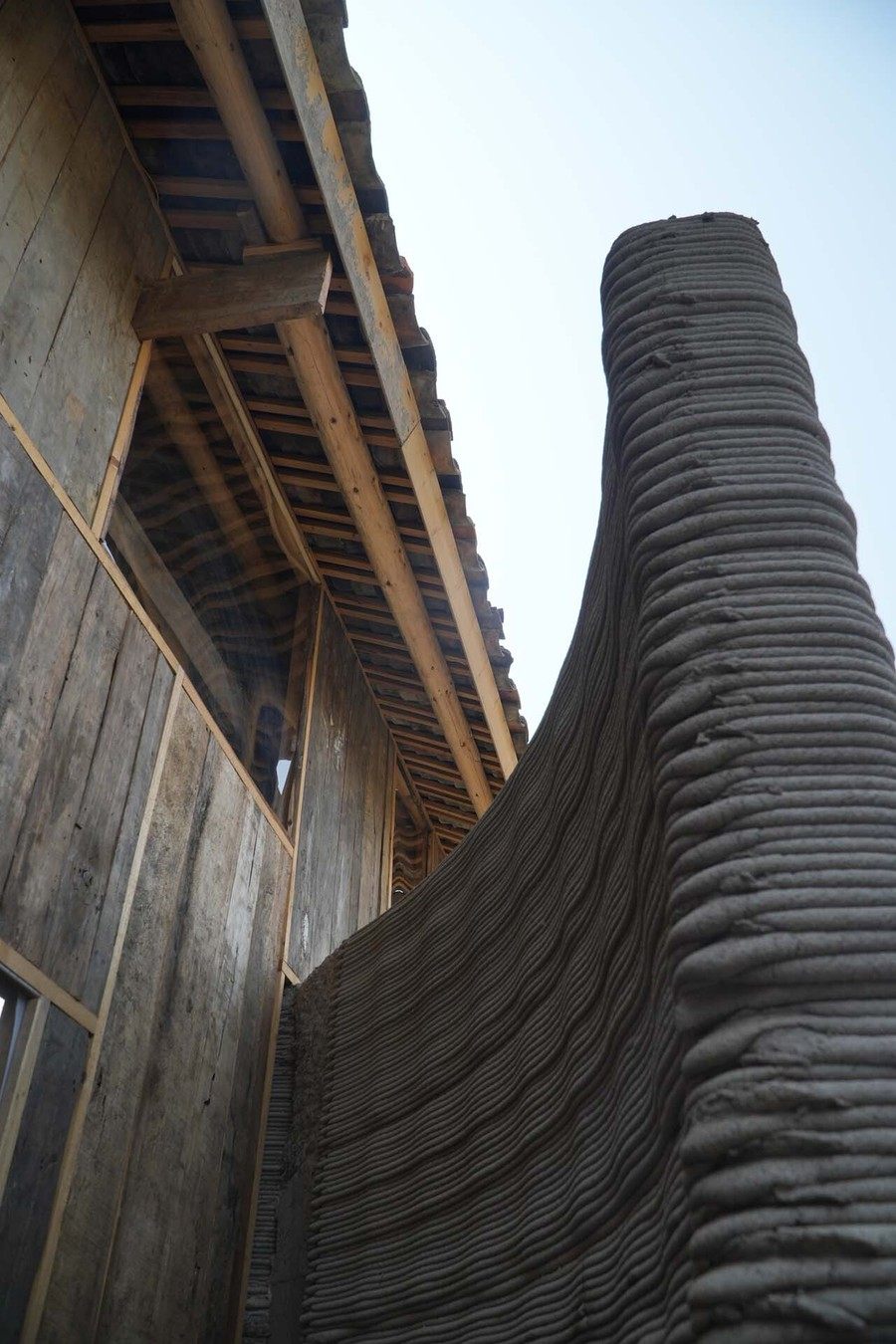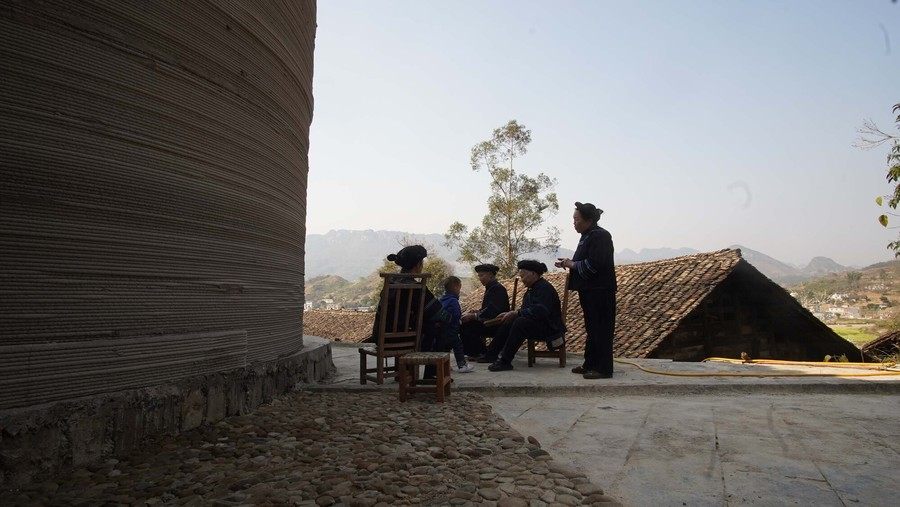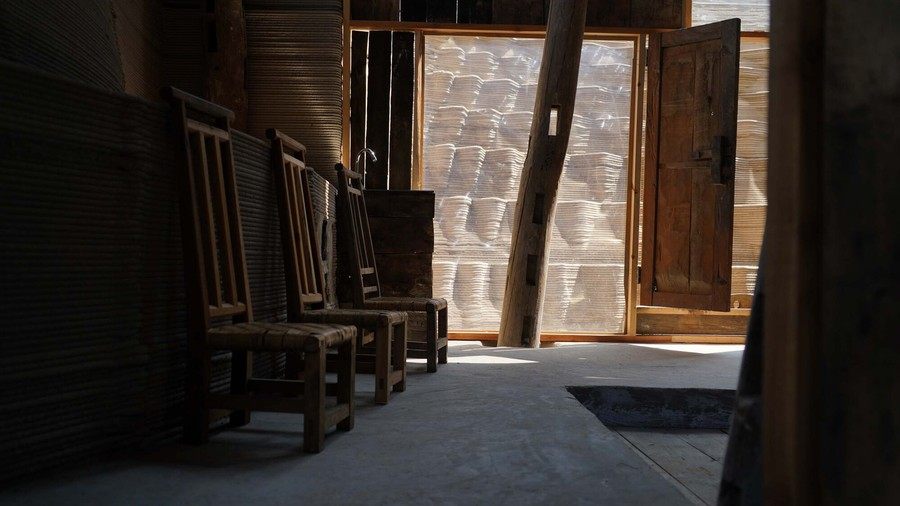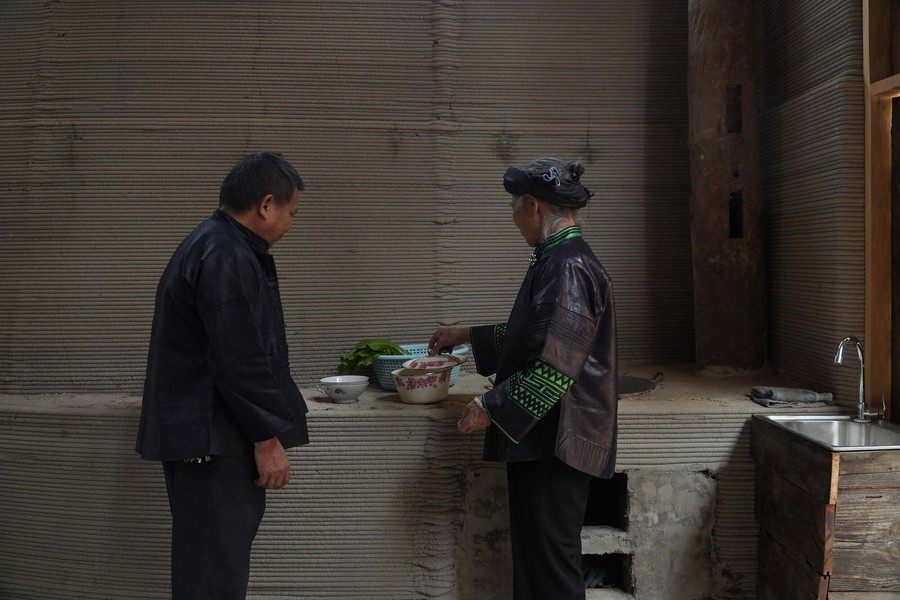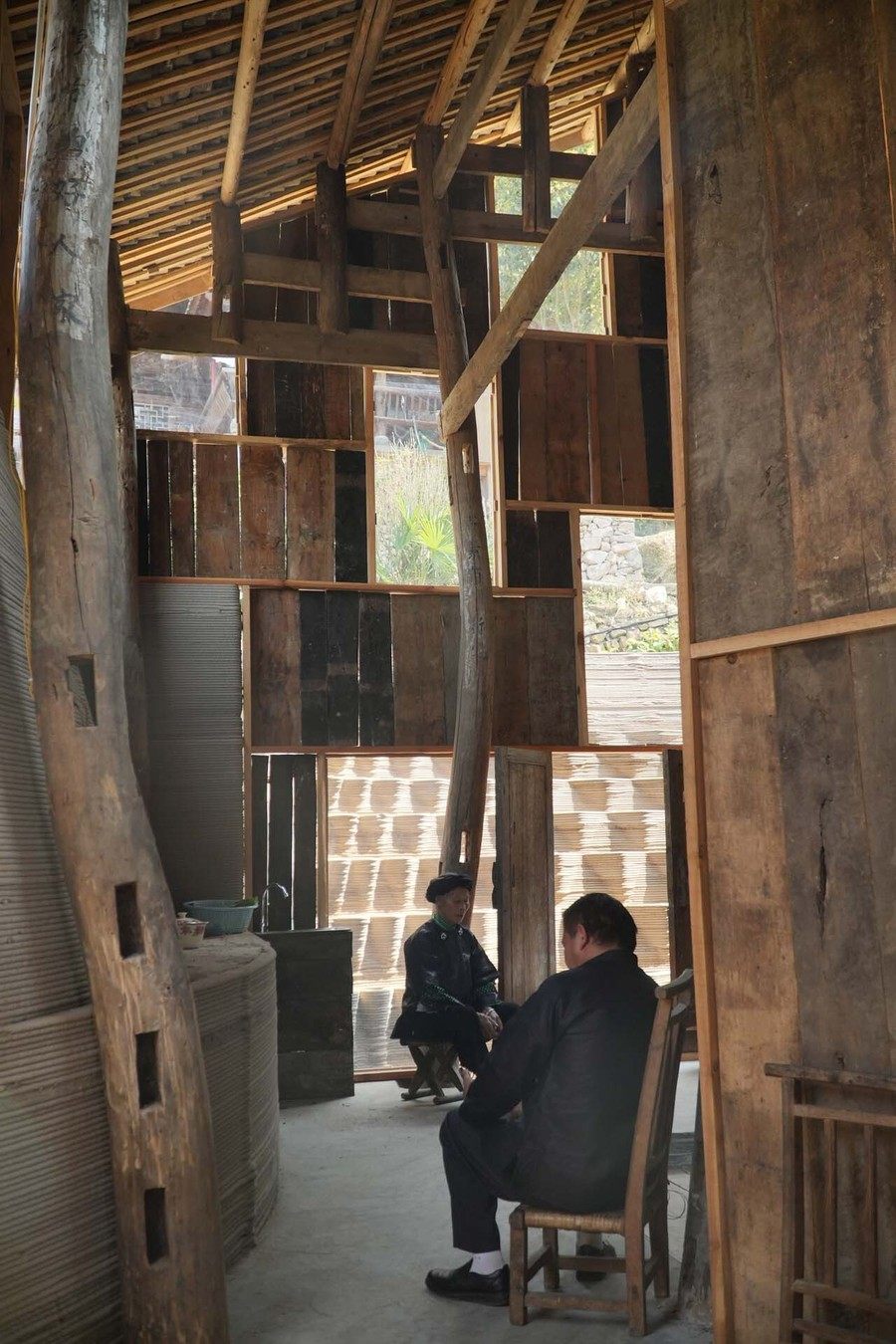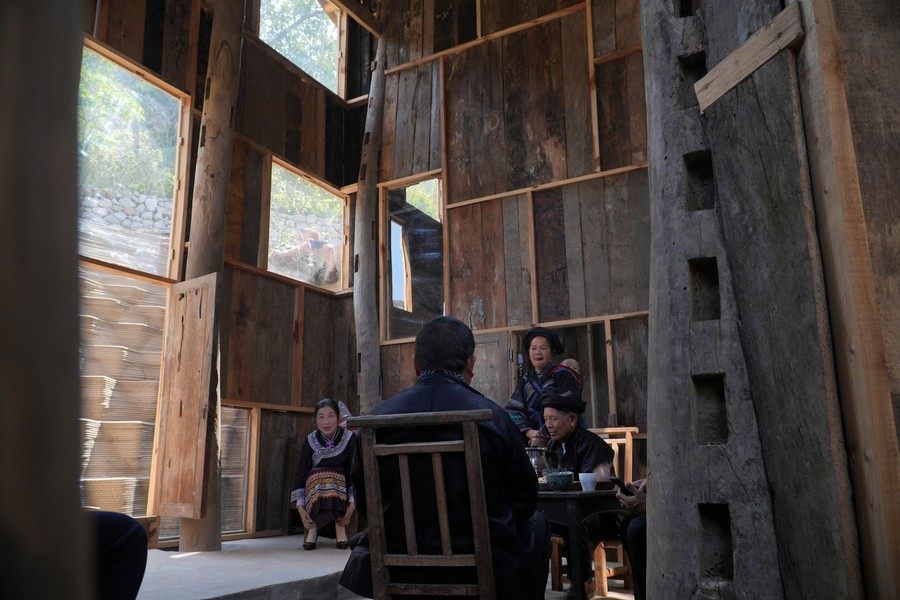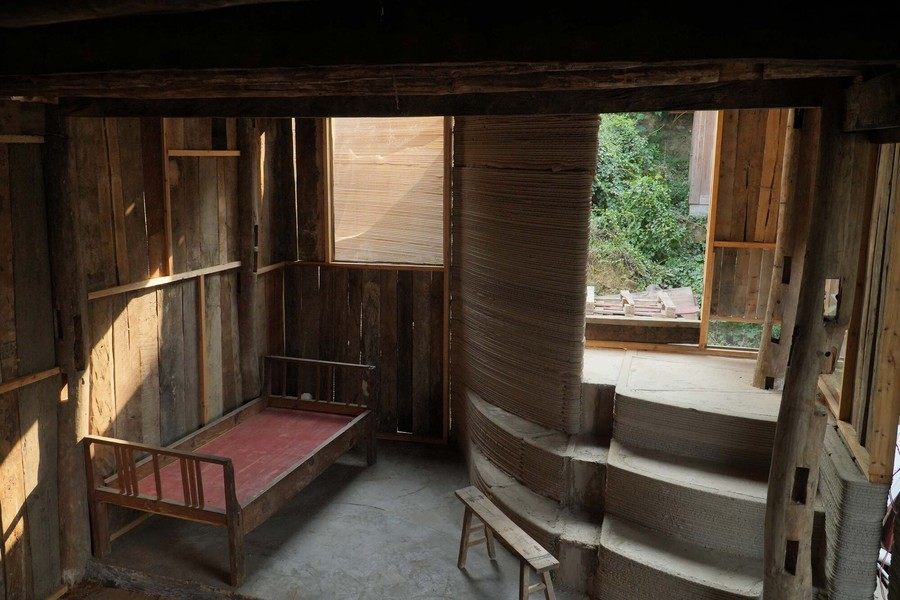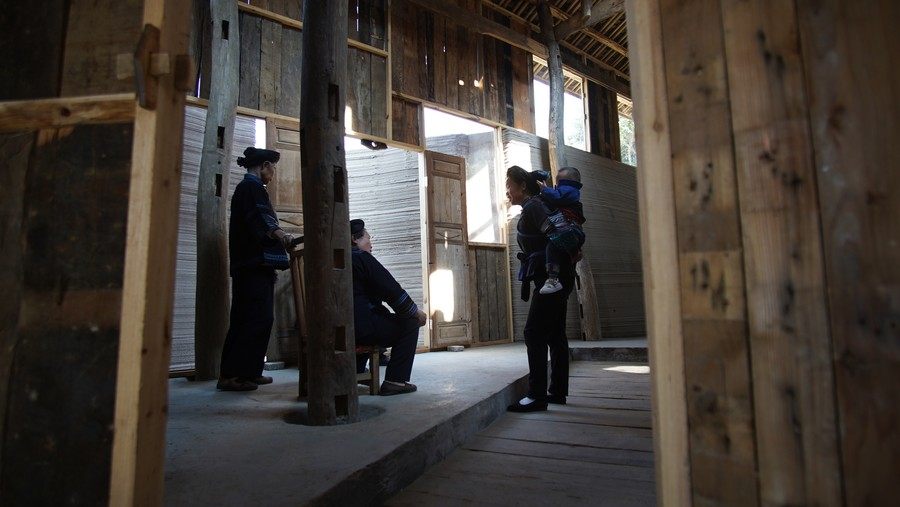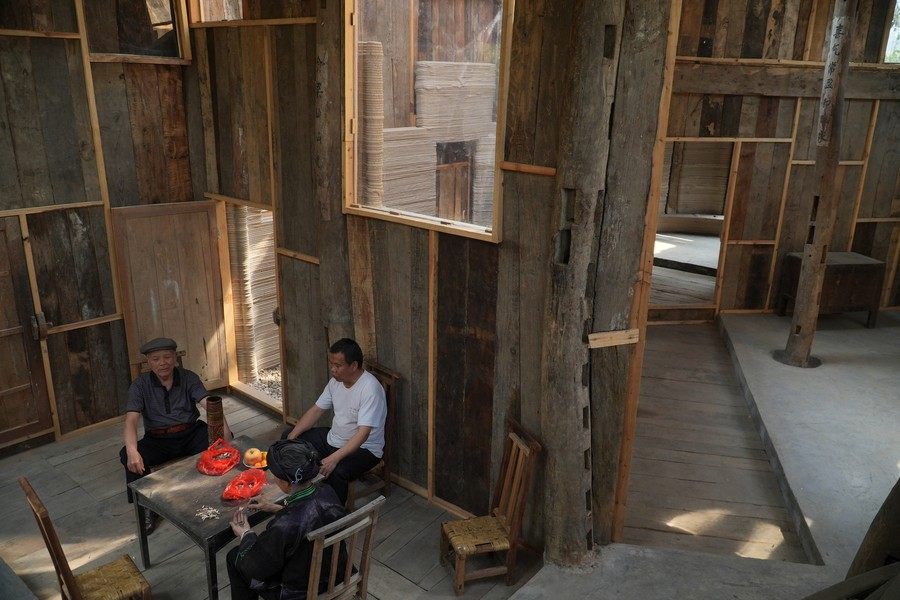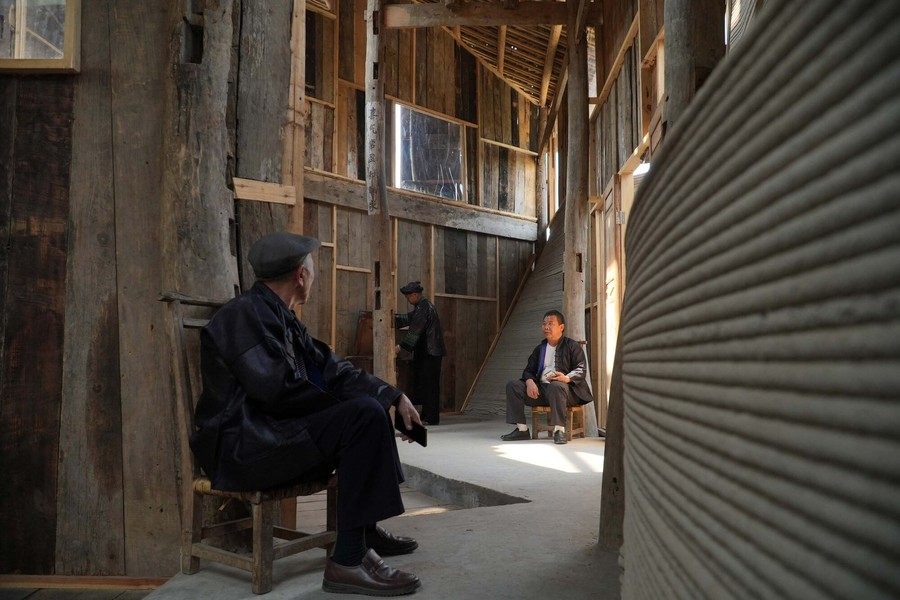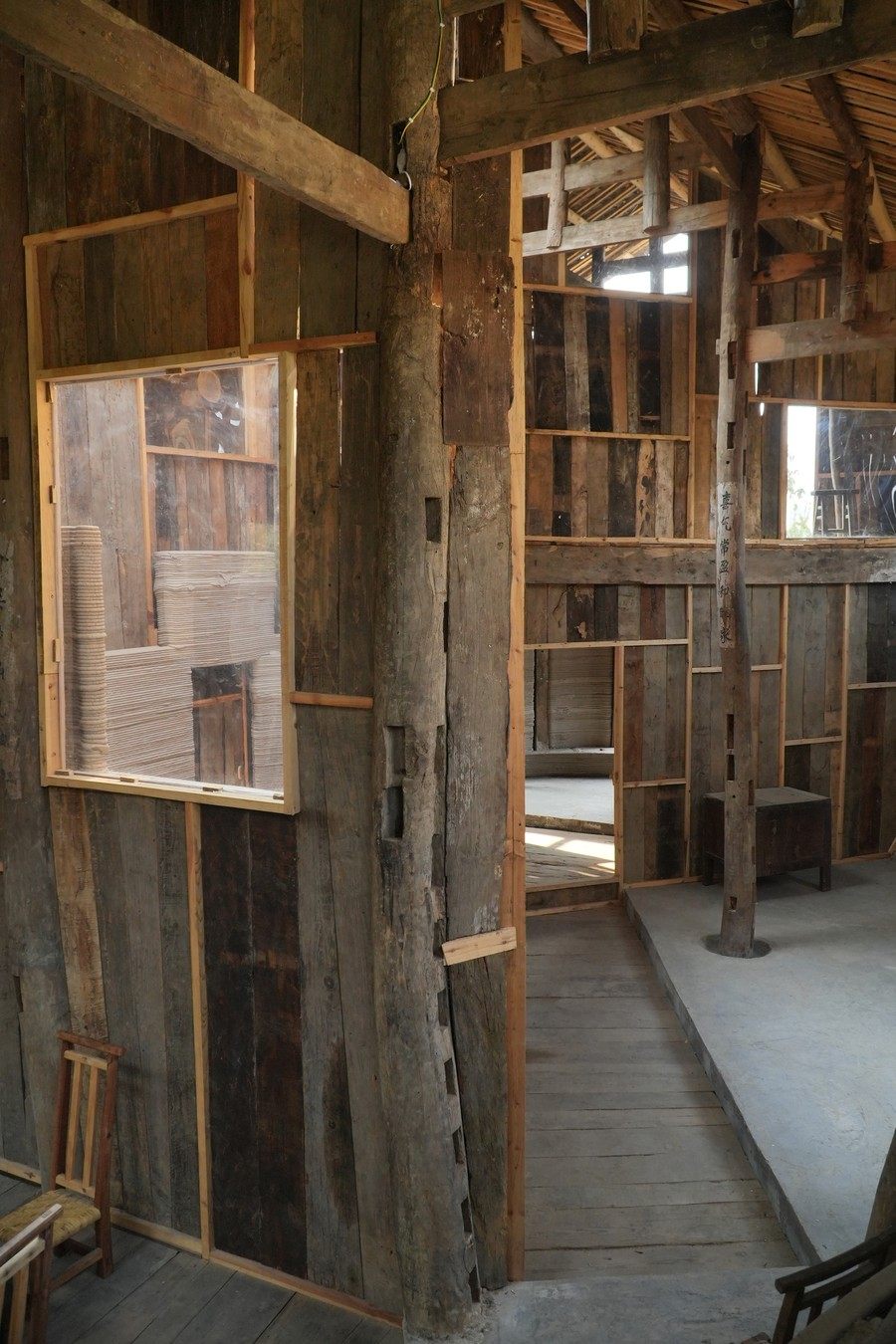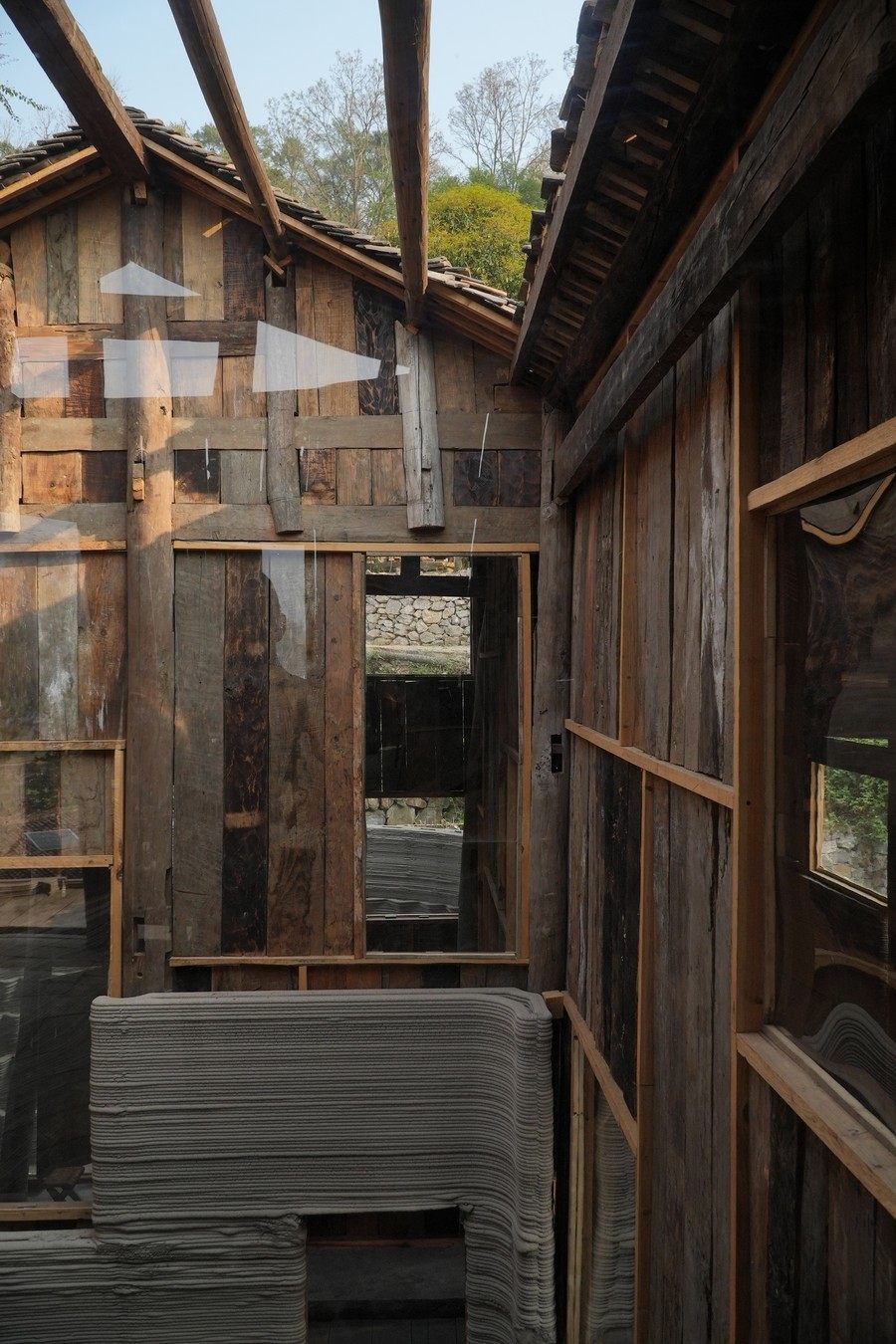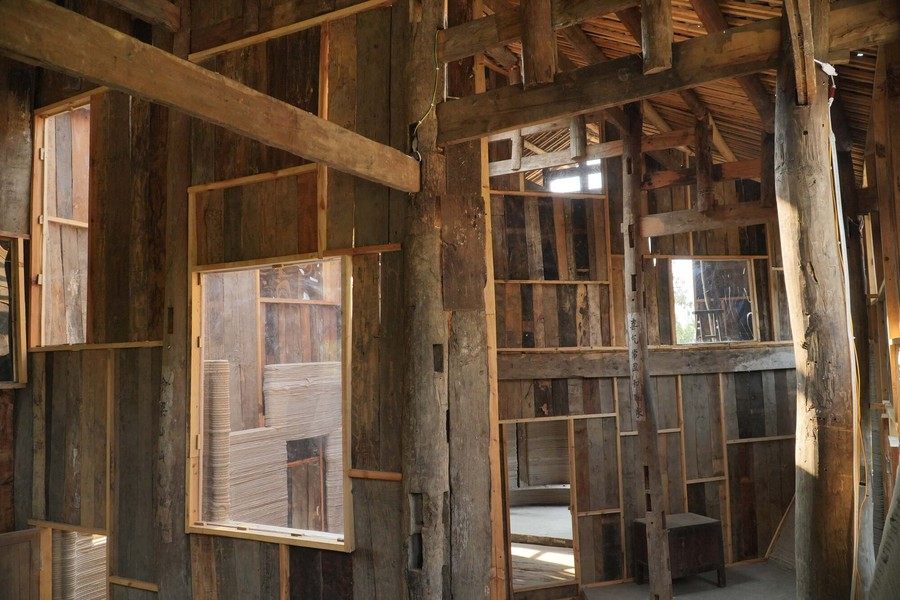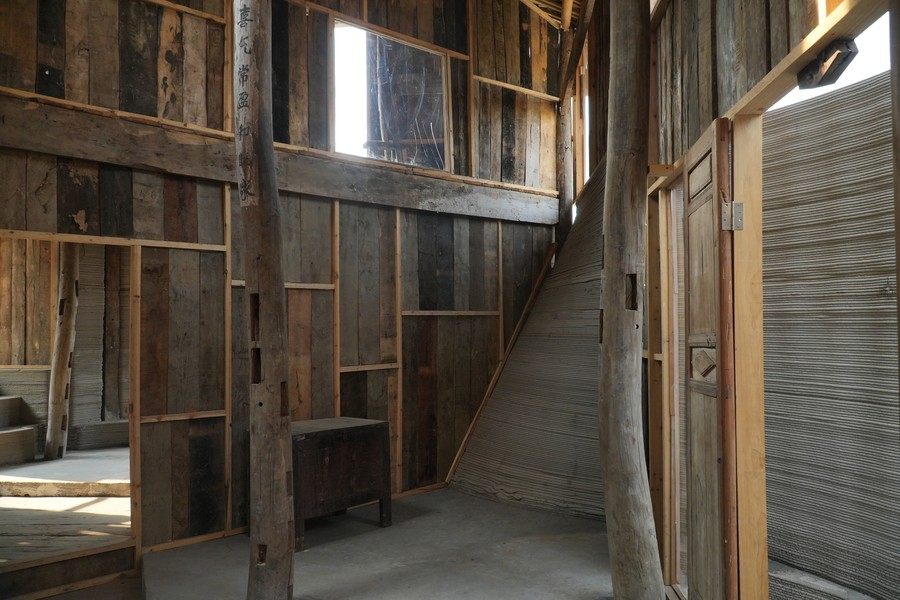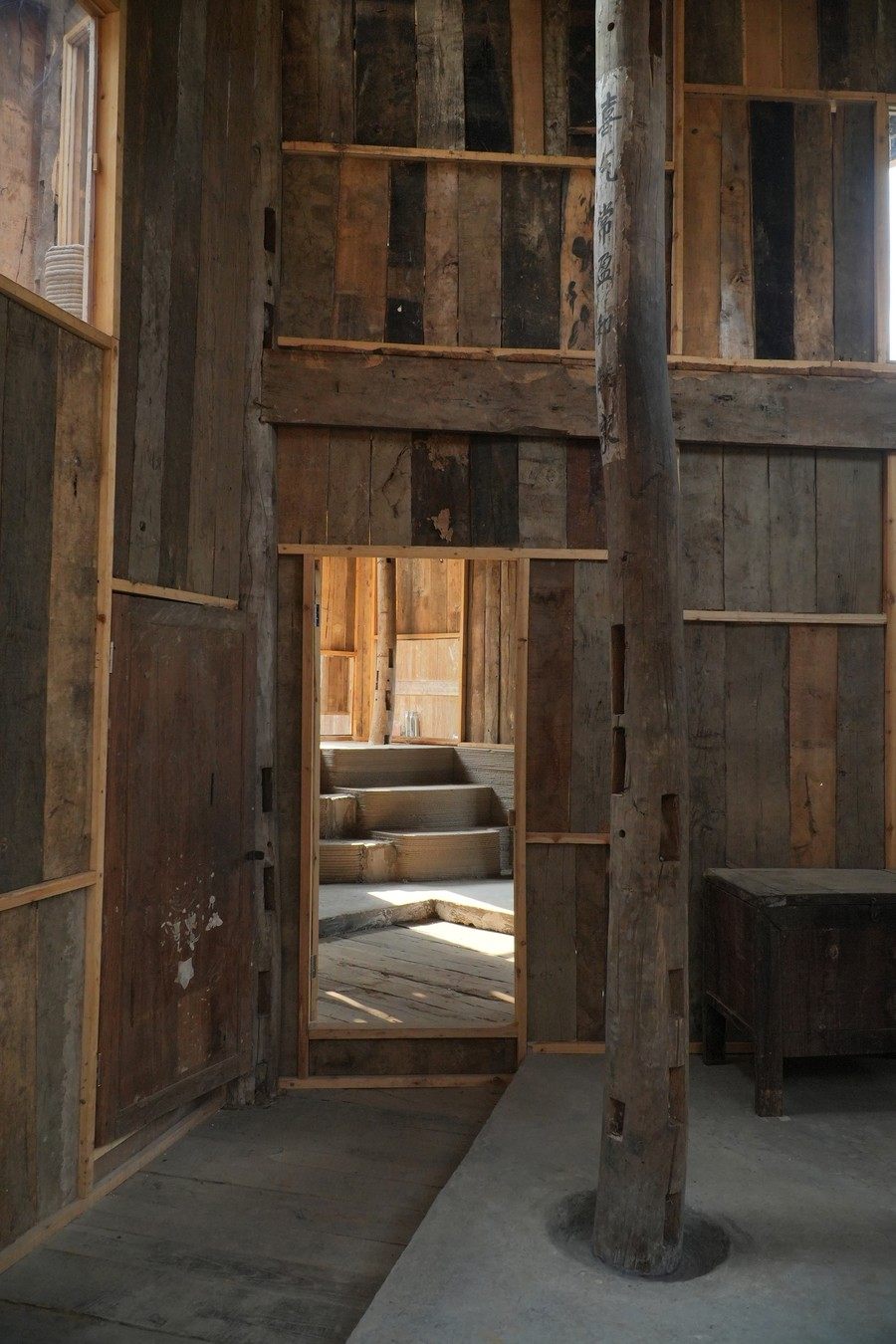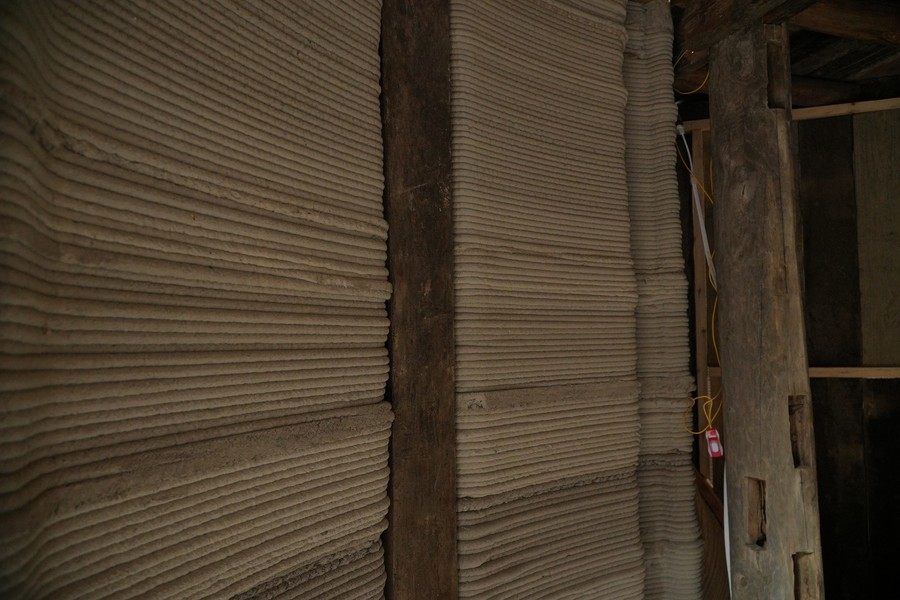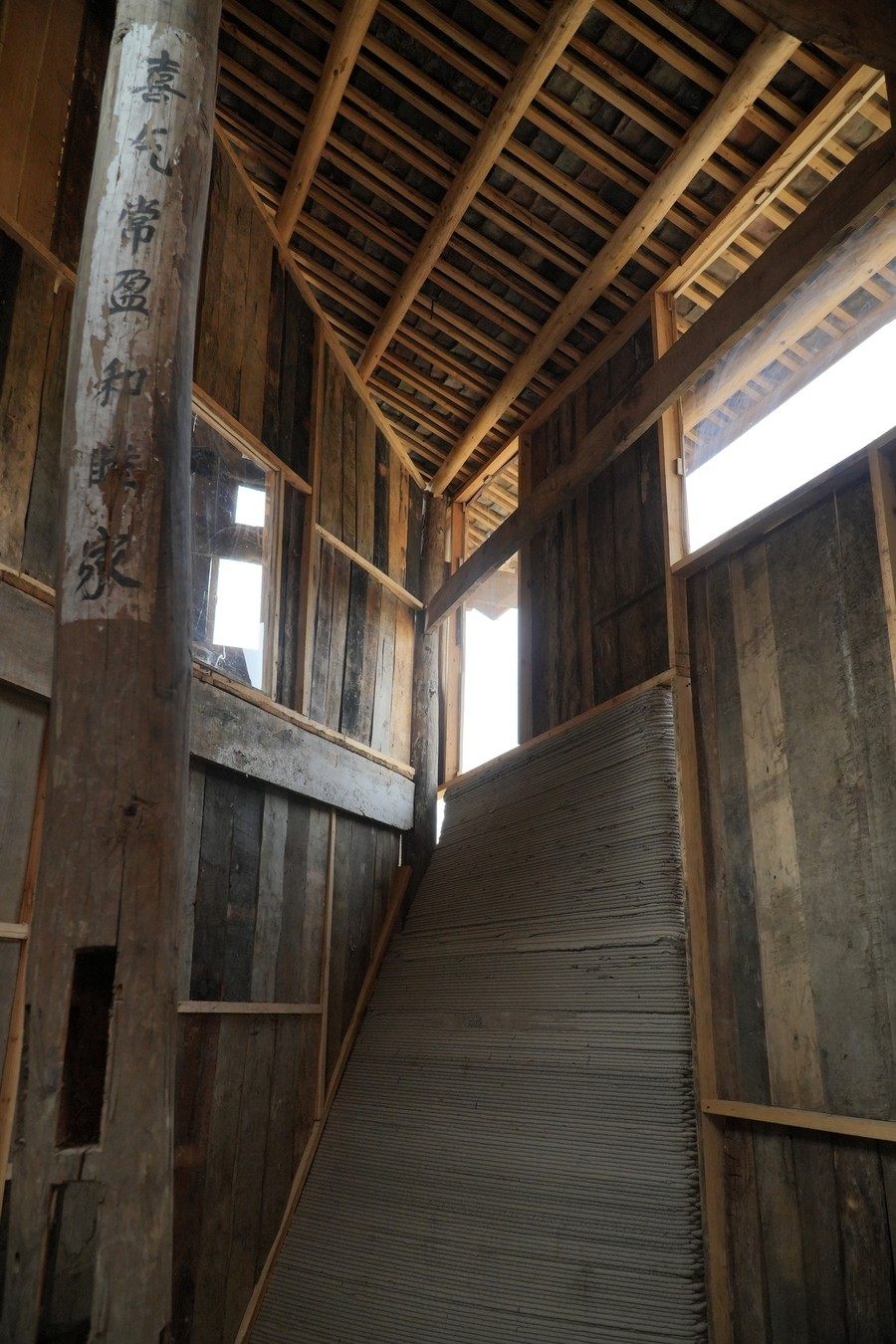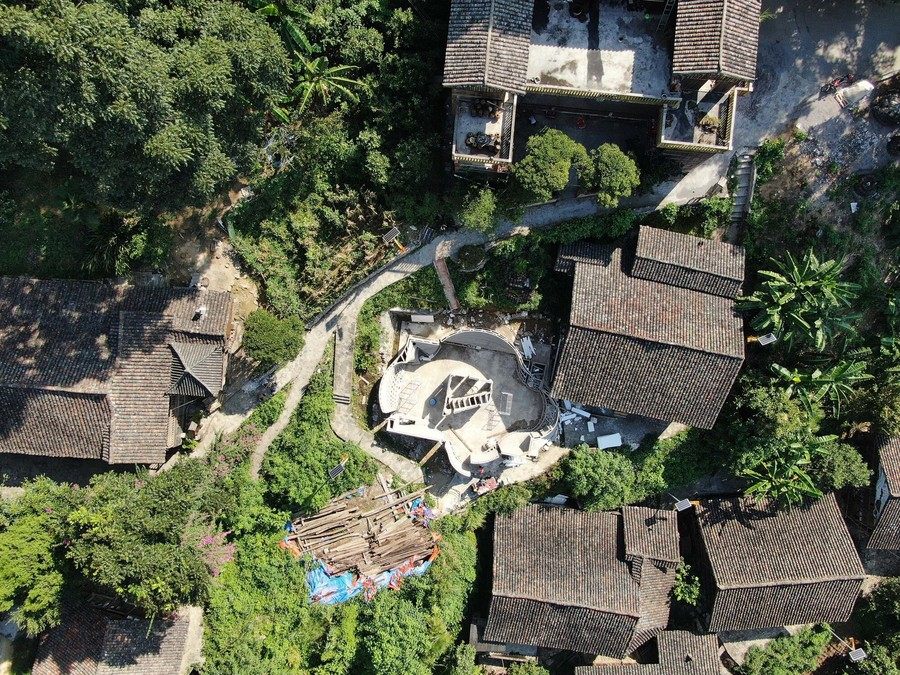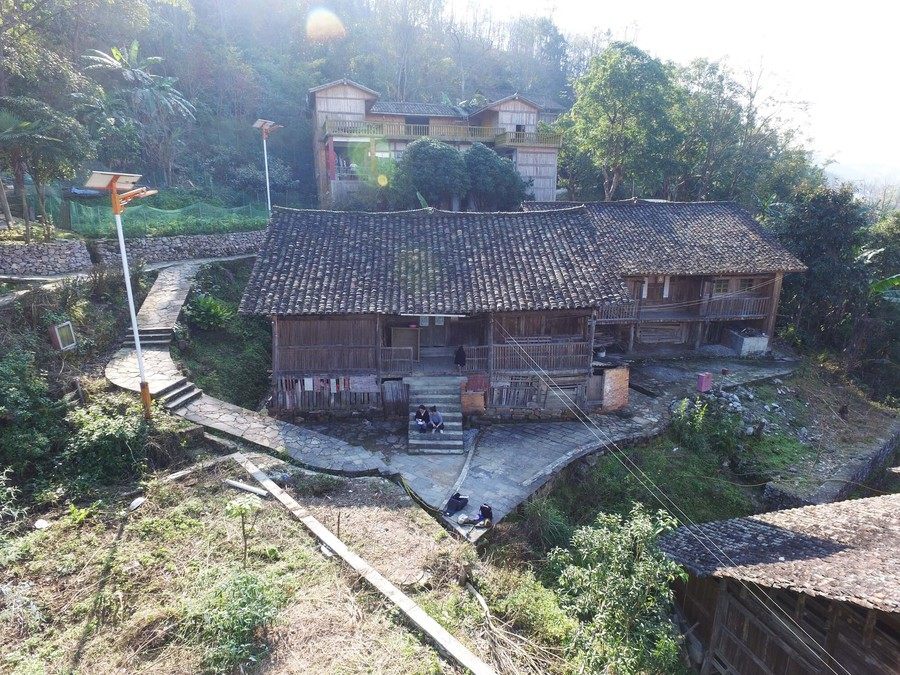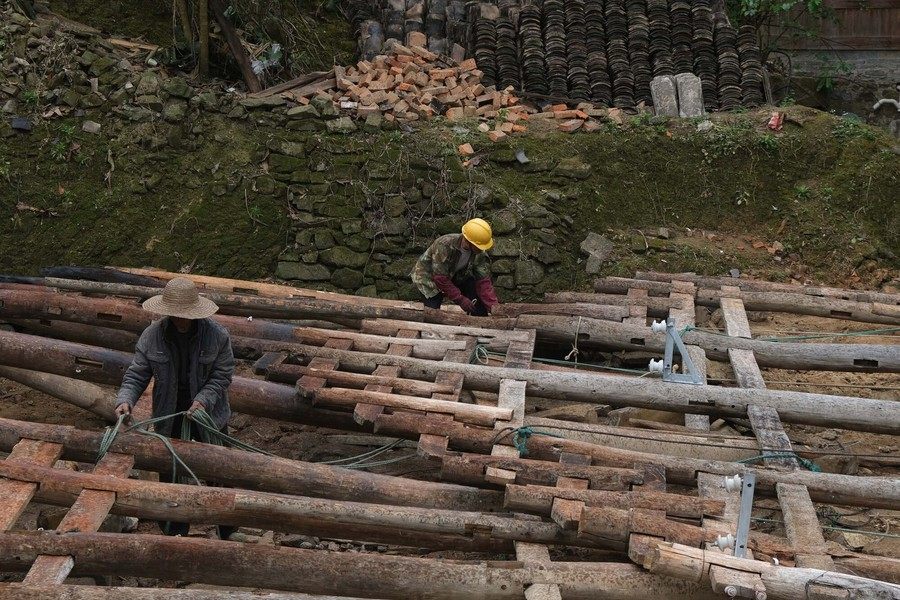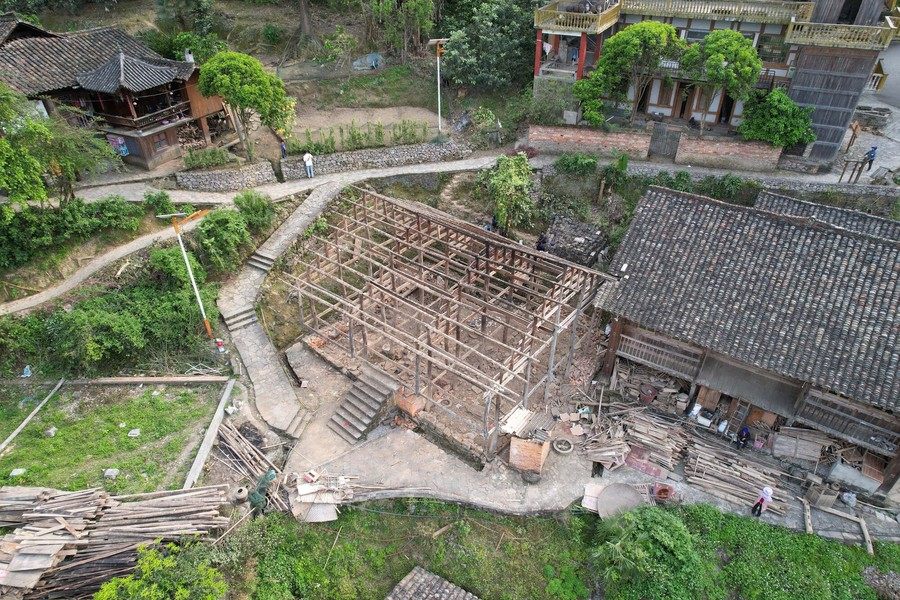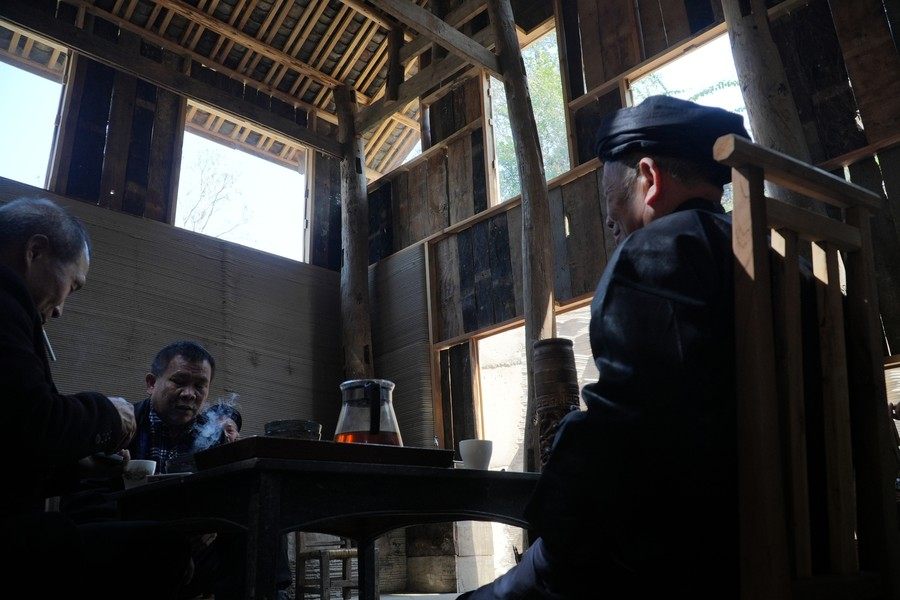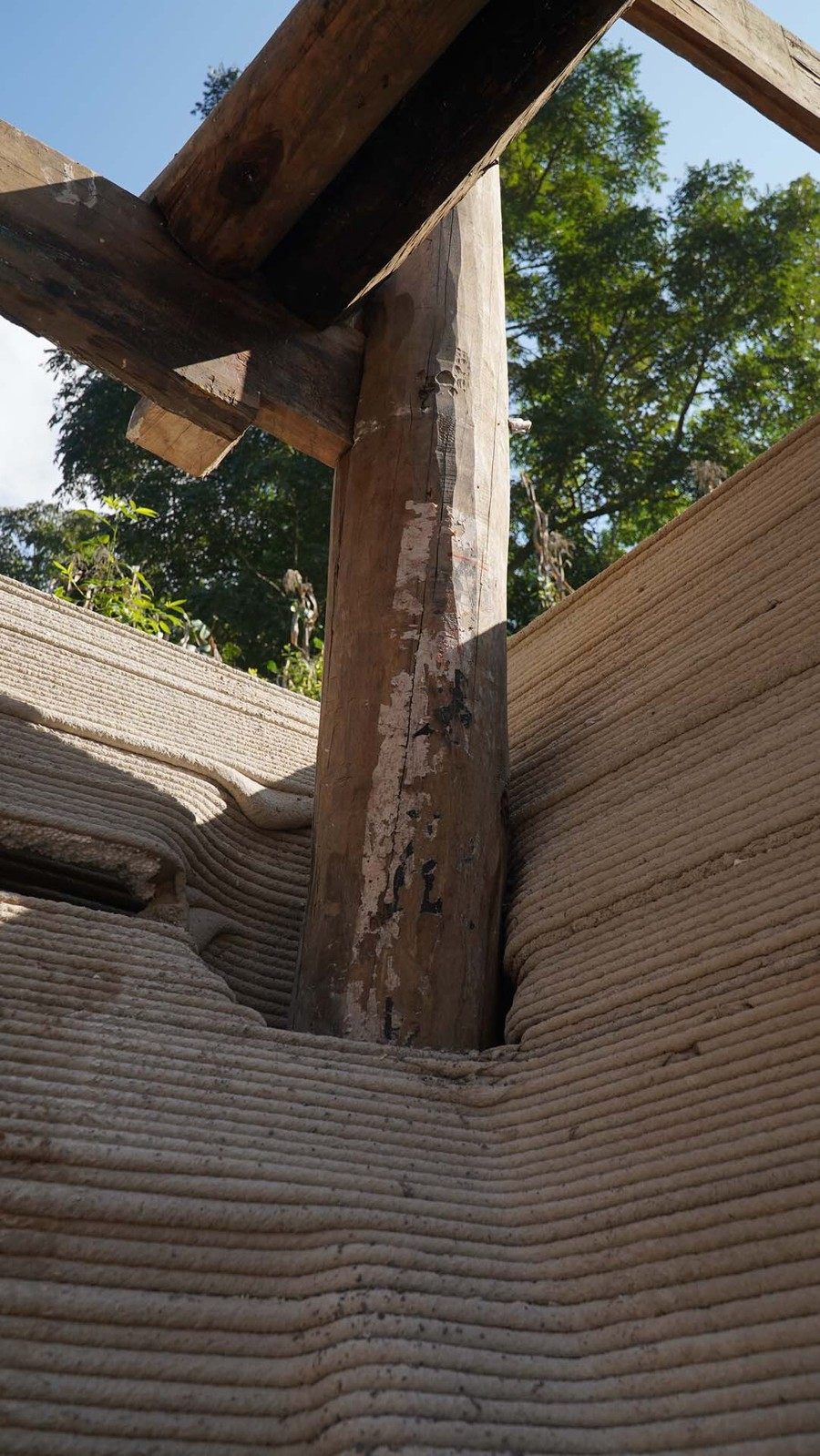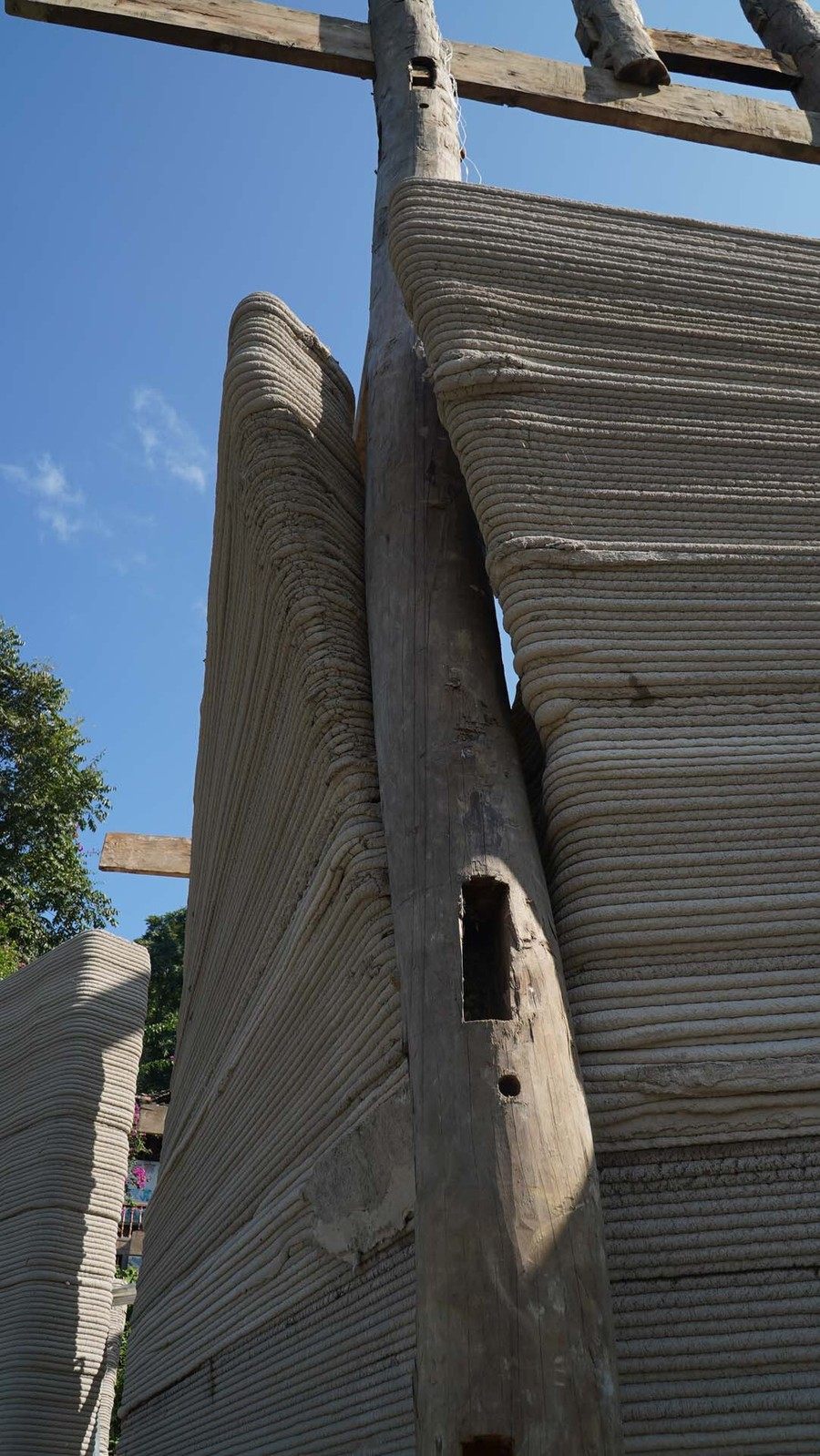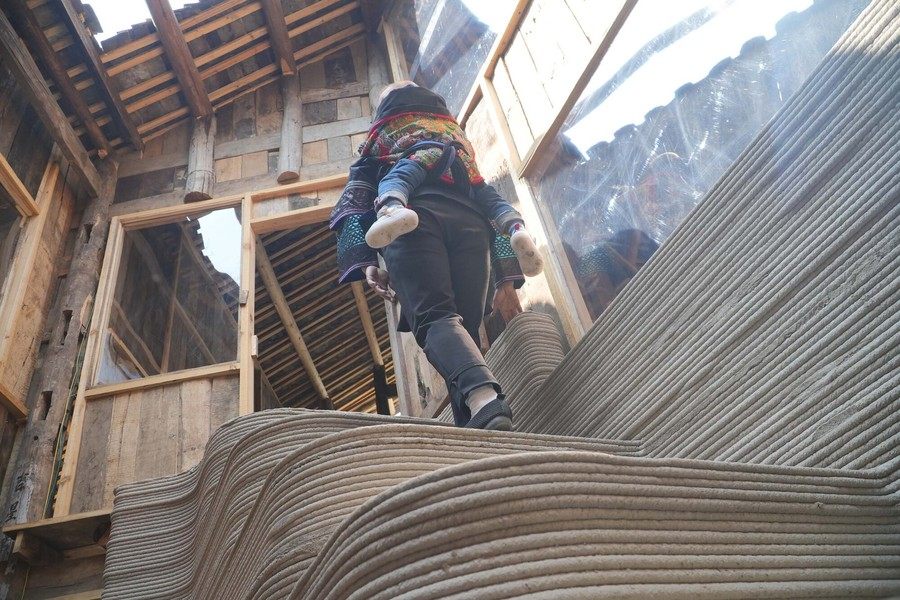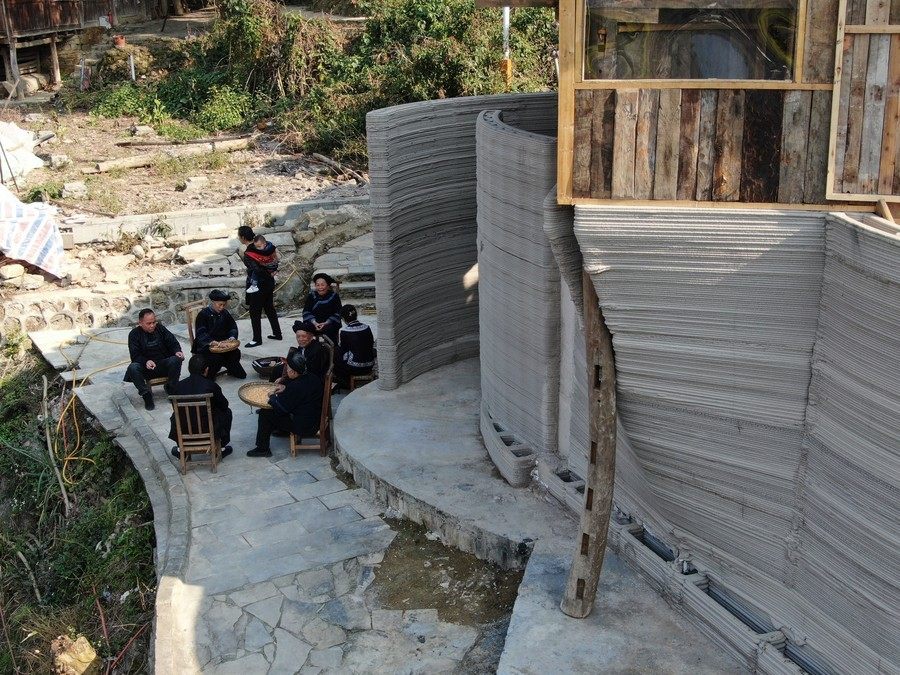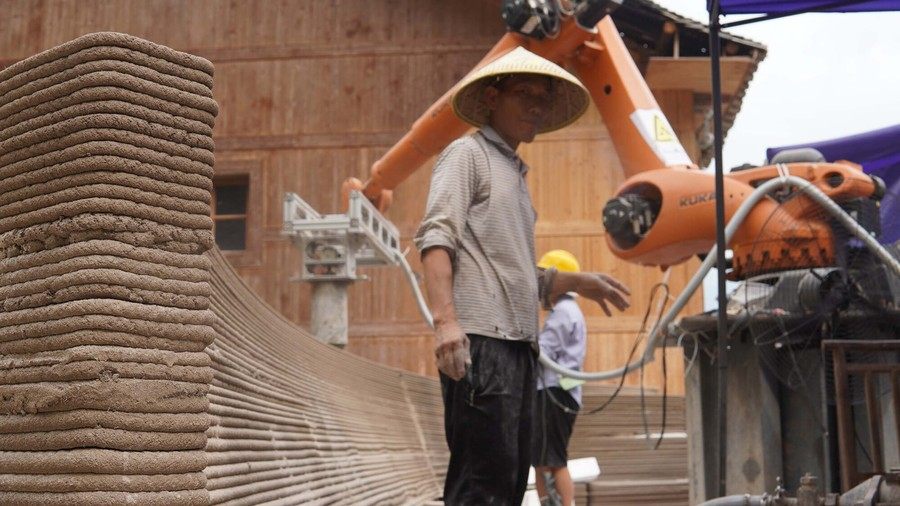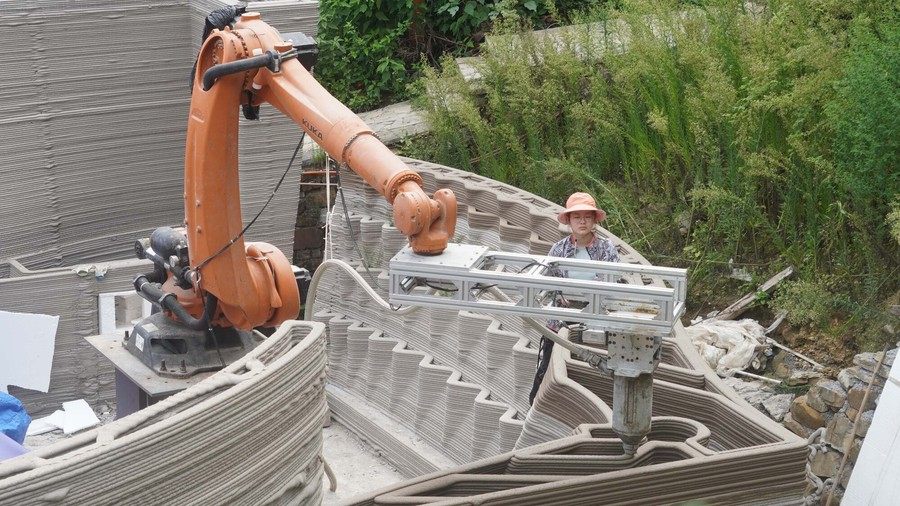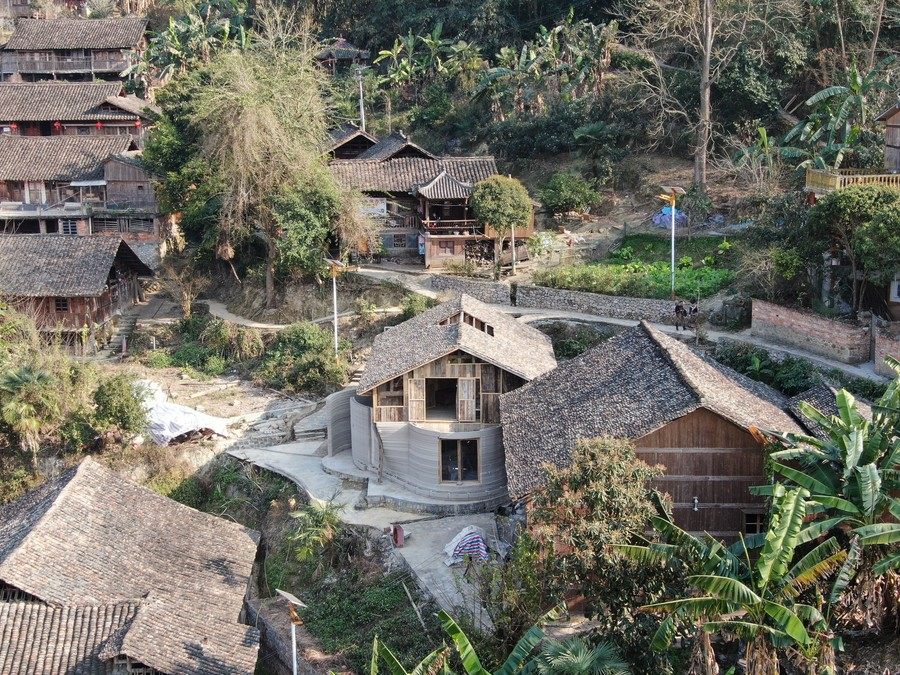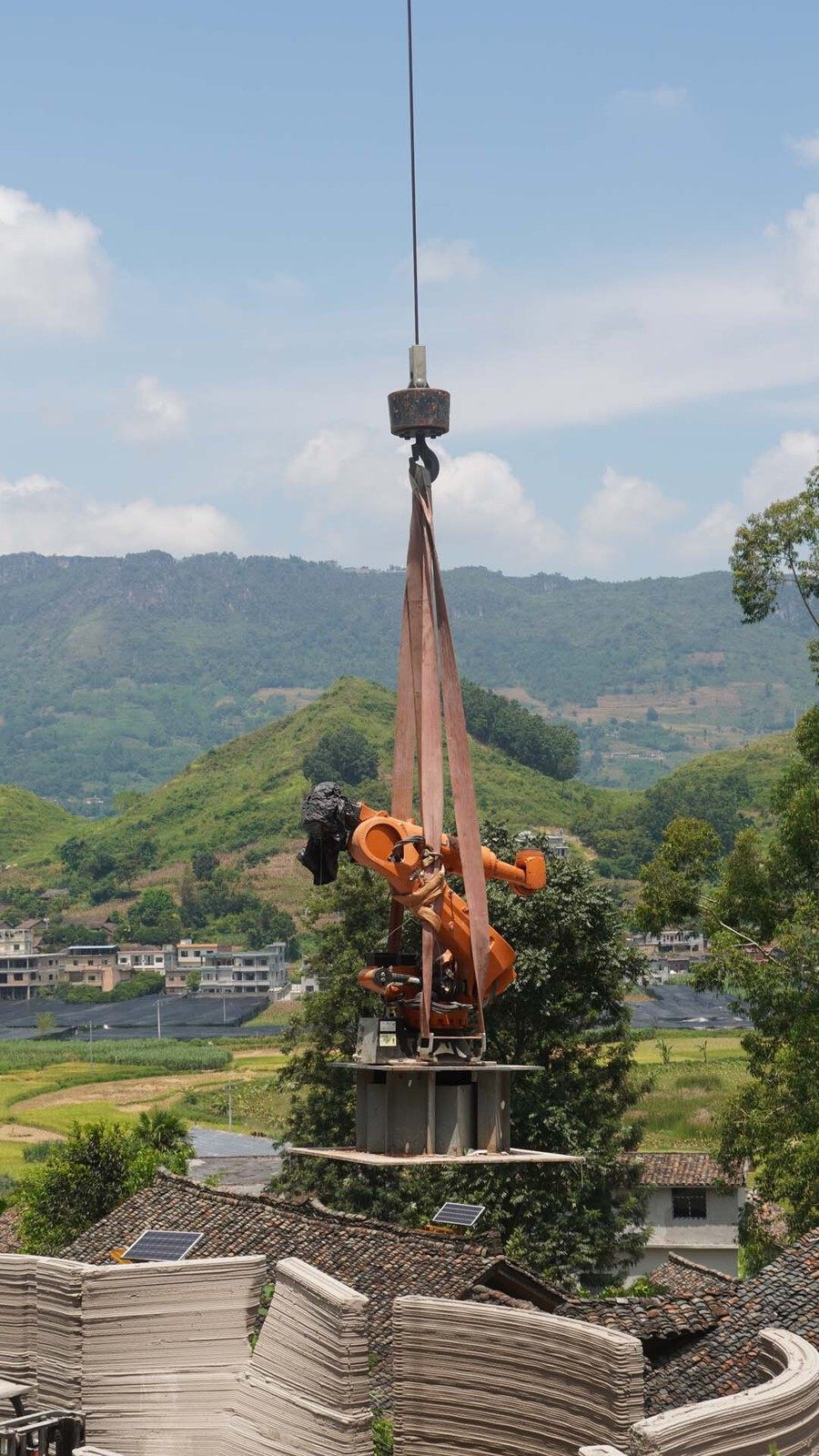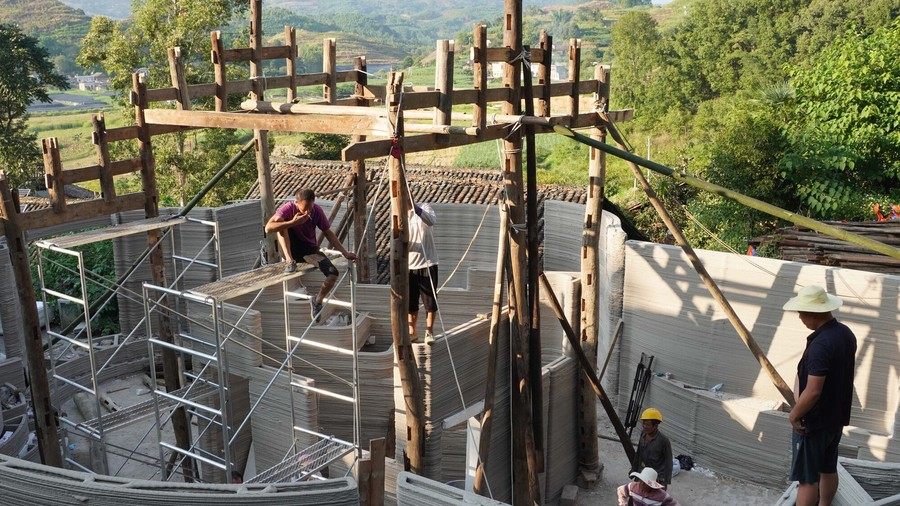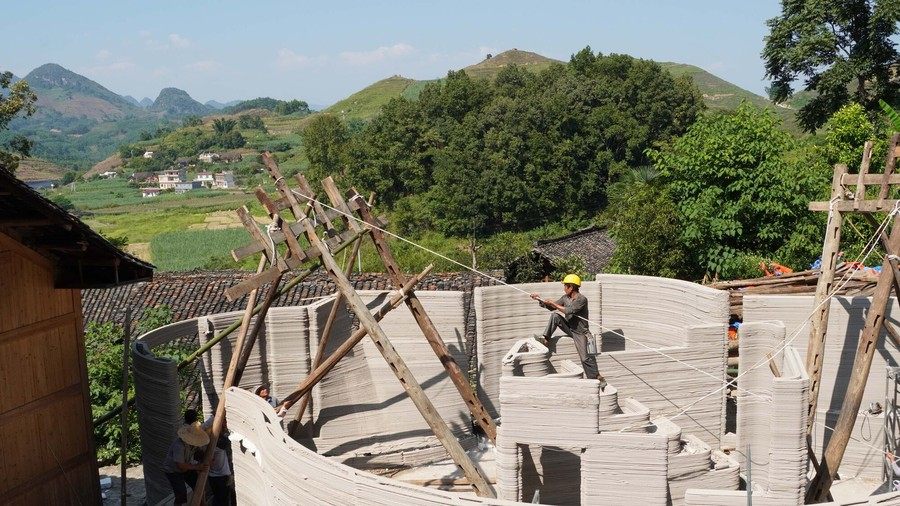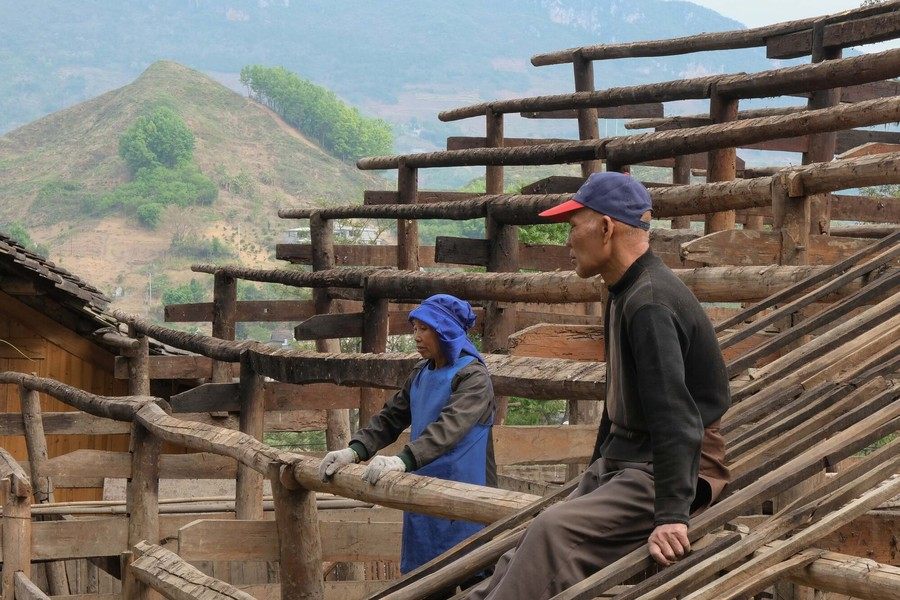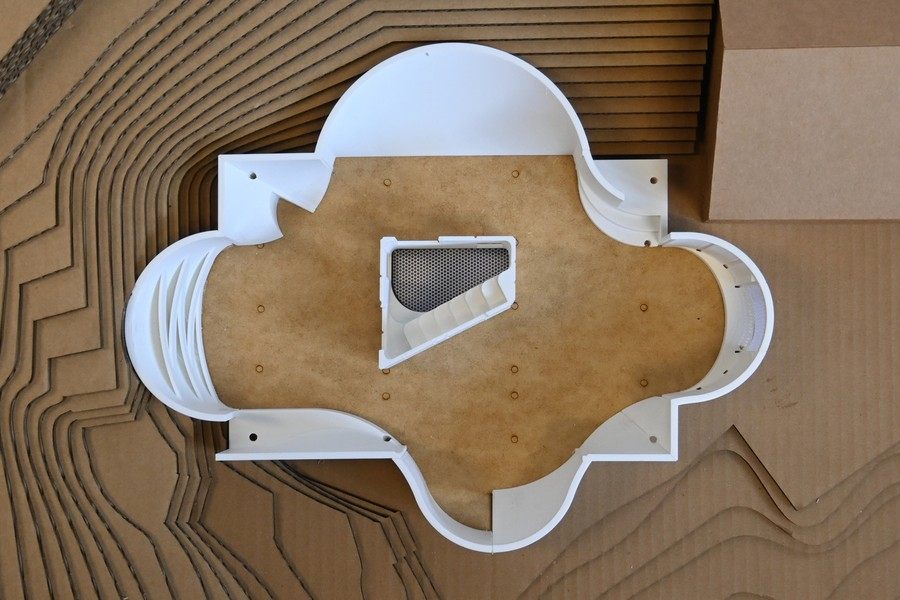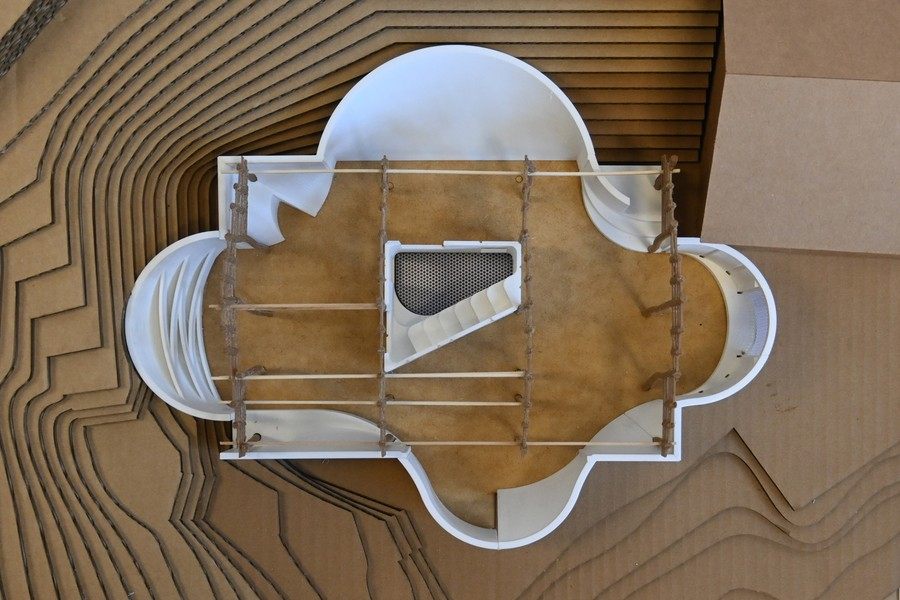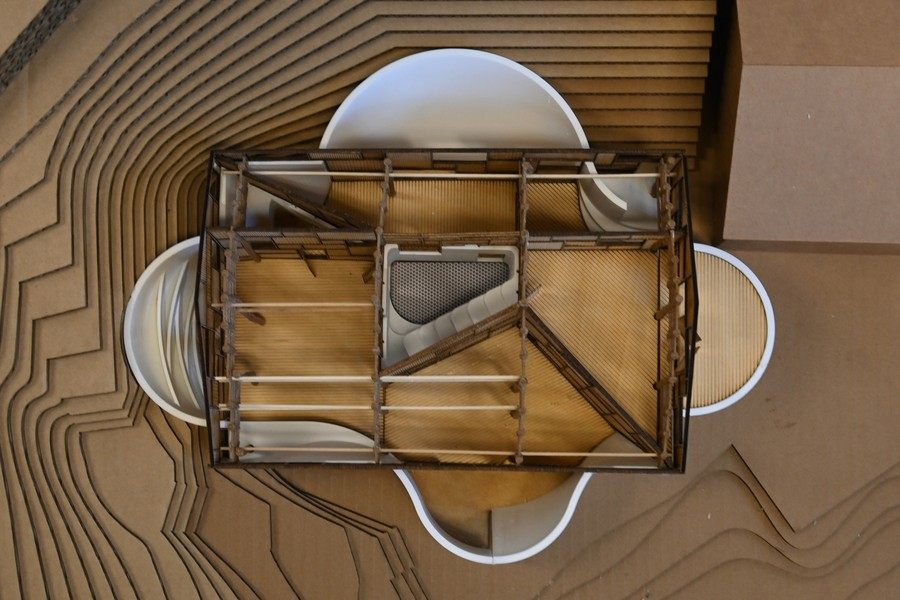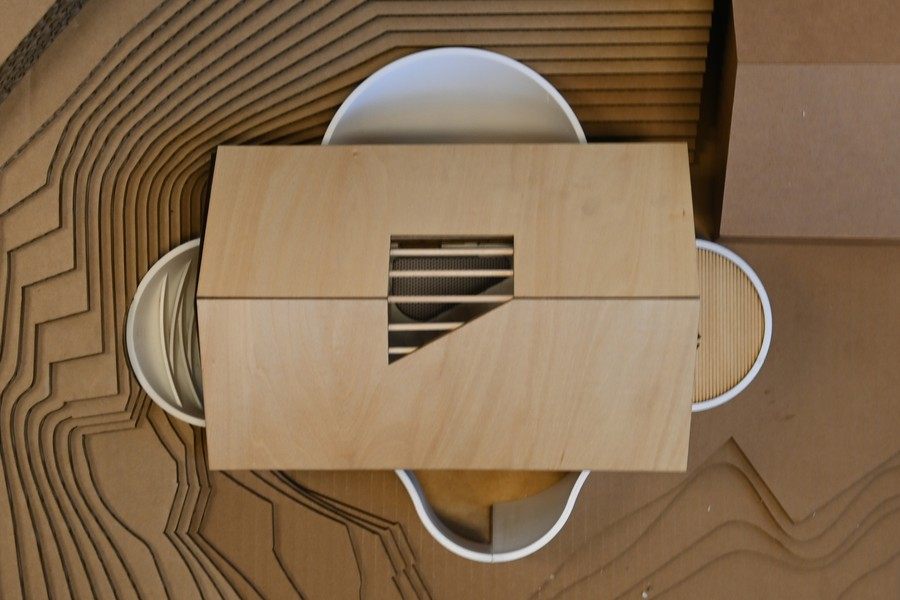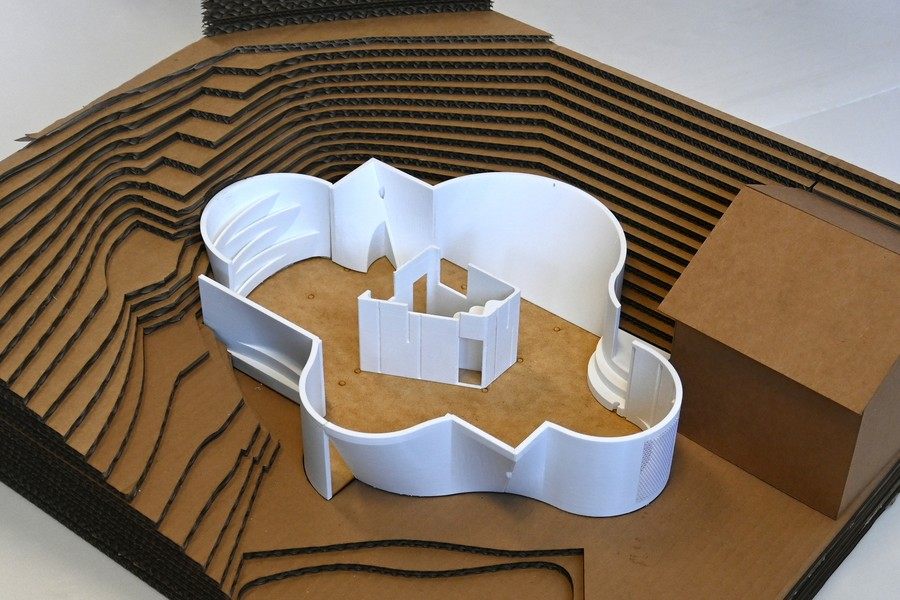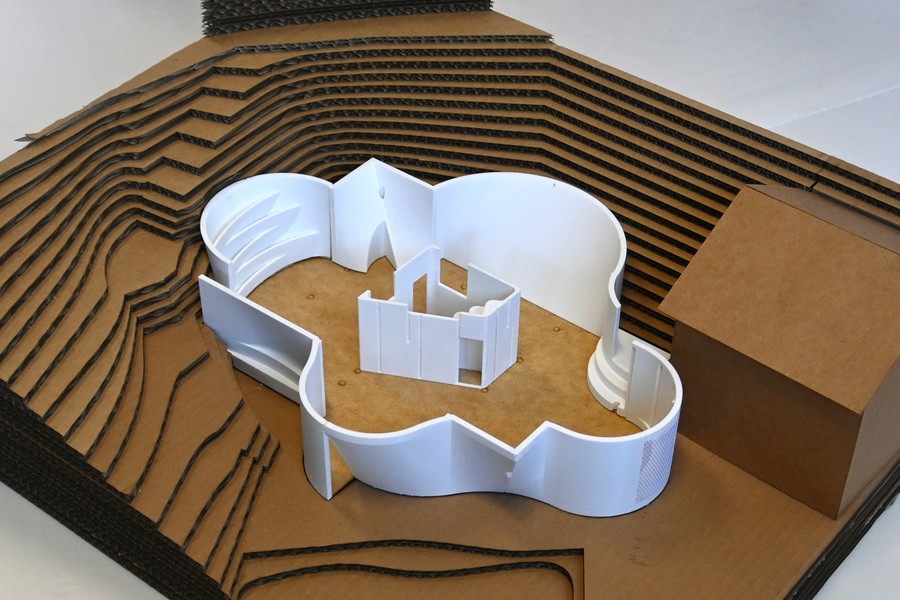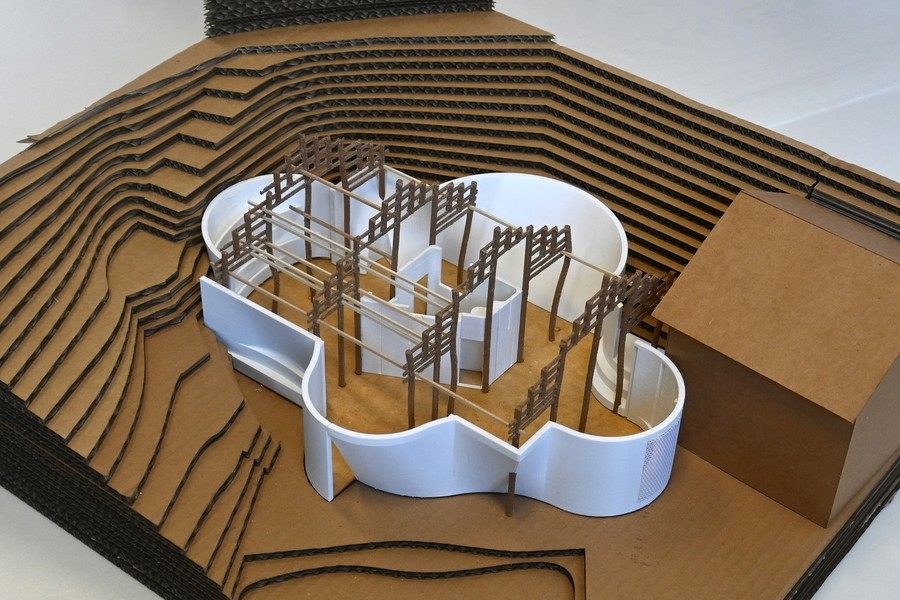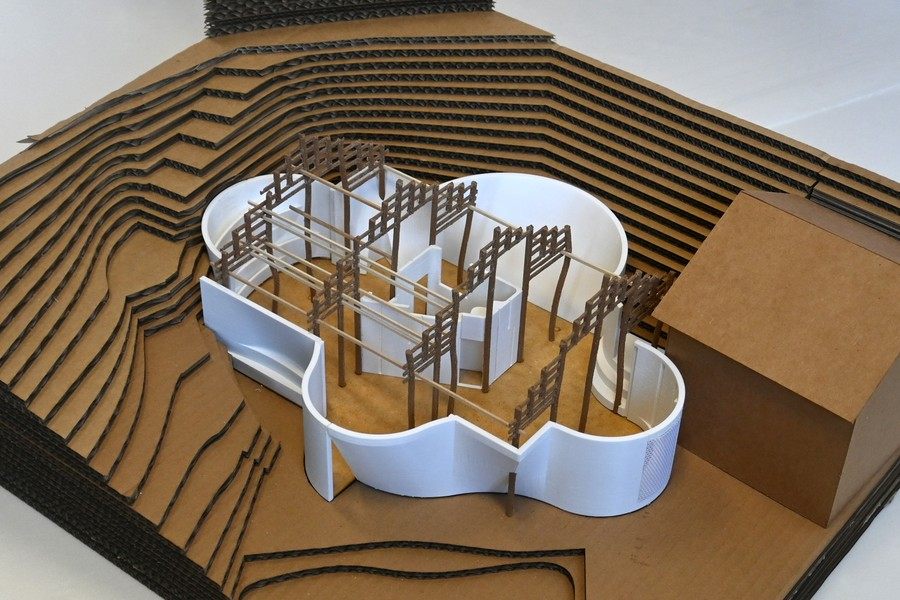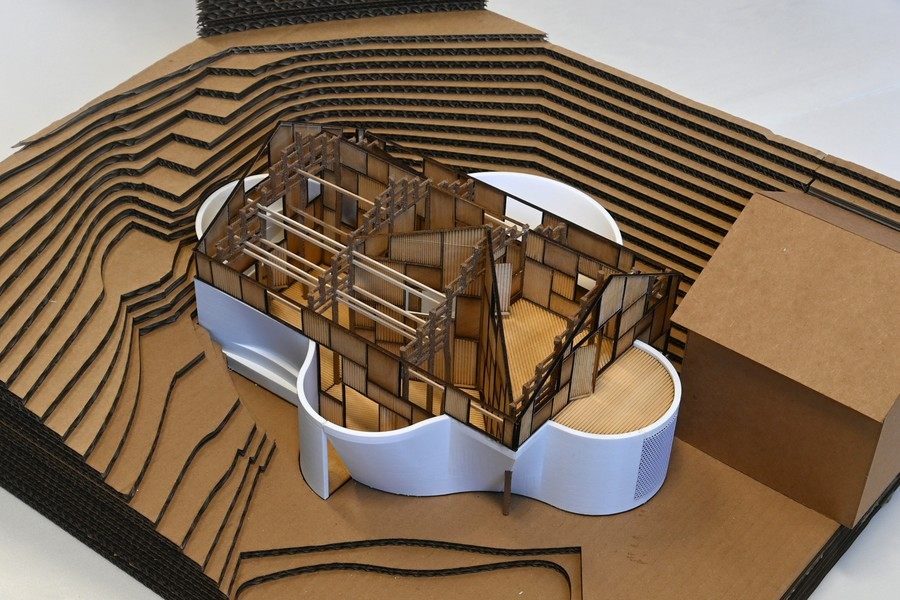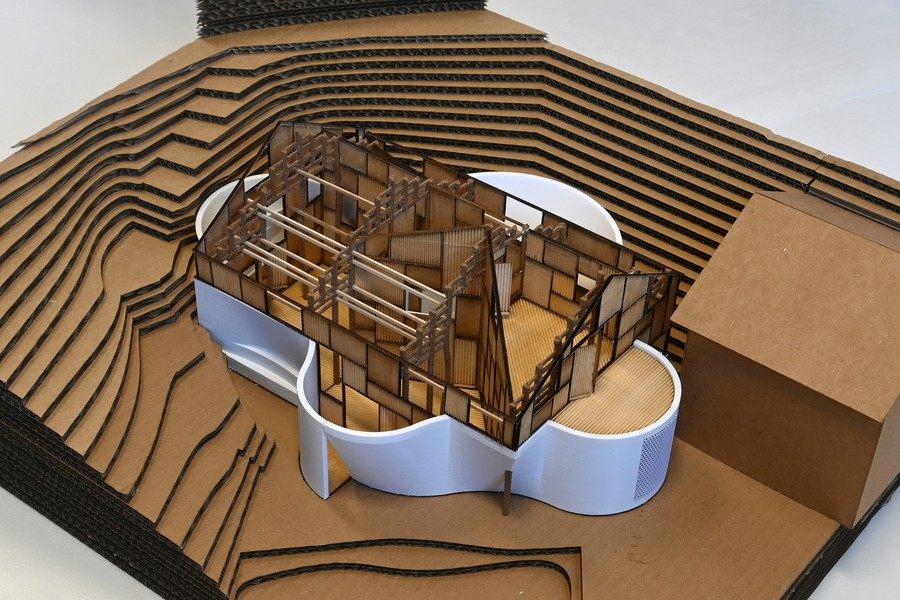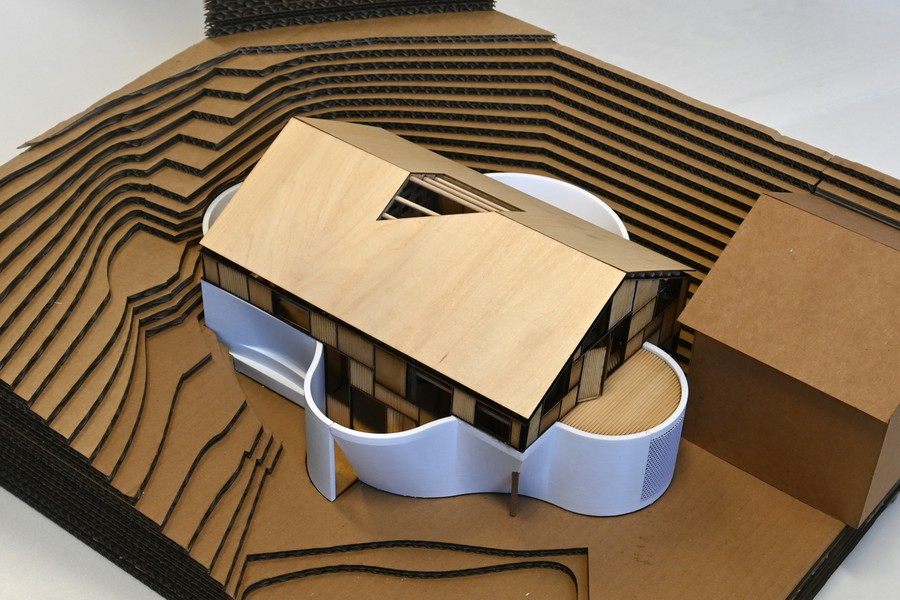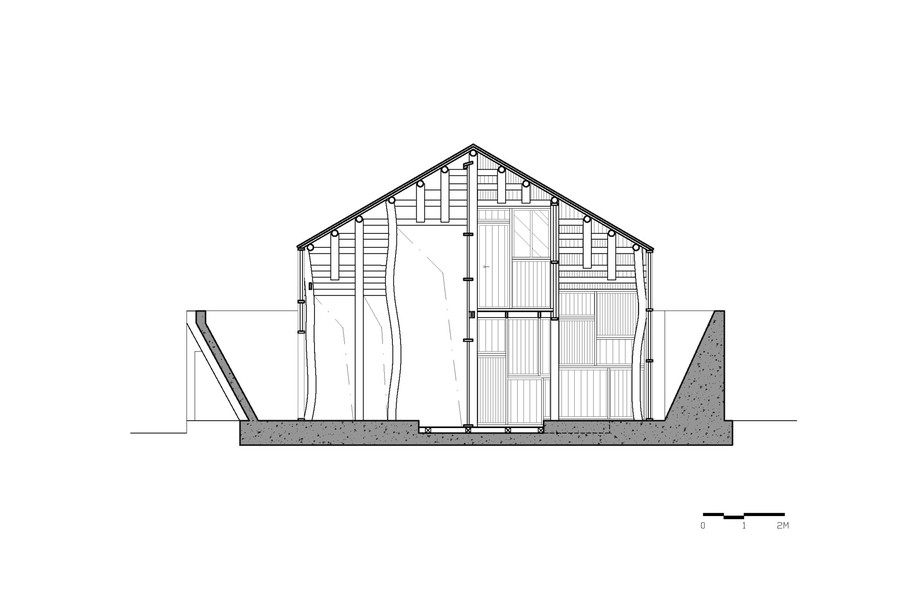|
摘要 •帮你速读文章内容 GENERATED BY AI, PLEASE IDENTIFY THE AUTHENTICITY BY YOURSELF The project proposes strategies for the revitalization of vernacular houses and the recycling of building materials, tracking research on how self-builders are adapting their own houses to meet the challenges of urbanization in rural China. The research shows that there is a need to improve and adapt traditional wooden houses, combining modern amenities with flexible spatial organization. The project is part of the government's village renovation plan for Nanlong Ancient Village in Guizhou Province, China, where hundreds of wooden houses are dilapidated and abandoned. This project proposes a participatory design-build framework that combines robotic on-site printing and traditional woodworking techniques. Traditional Chinese construction methods are flexible and convenient, and a wooden house can be dismantled and rebuilt in a day. The design team first scanned the original house and then designed custom robot-printed new walls that not only integrated the original wooden structure, but also designed new living spaces: planting areas, entrance courtyards, skylights, balconies, kitchens and bathrooms. Local villagers and carpenters participated in the demolition and preservation of the original structure. Once the new walls were 3D printed, they rebuilt and assembled the new house on this basis. The project explores how new technologies can be a catalyst for social potential, strengthening local culture and cultural architectural practices. Existing building structures will be regarded as "new nature" that cannot be changed, so other constructions will need to adapt to them. This adaptation process will involve key areas of sustainable design: social, technological and cultural. Design: Lin Junhan, Lidia Ratoi Project time: 2023 Design: Lidia Ratoi, Lin Junhan / HKU Site 3-D printing: Professor Xu Weiguo / Tsinghua University Carpentry: Liu Anhai and local carpenters Project manager: Sun Yi Design team: Liu Baoyi (project leader for the spring phase of 2022), Chau Ka Yee, Priscilla Chi Kar Yee, Osten Chan Chun Ngok, Wang Mengyan, Jenny Hsiao and 2023 HKU School of Architecture students Site team: Sun Chenwei, Zhao Xiayu, Hu Hanyang Documentation team: Deng Rui Rui, Motong Yang, Liu Chang City: Guiyang Country: China |

